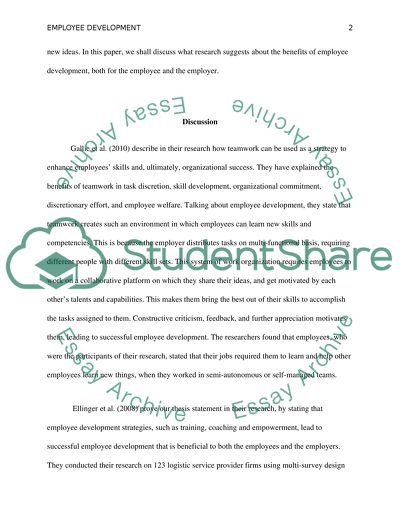Cite this document
(Benefits of Employee Development for the Employee and the Employer Literature review, n.d.)
Benefits of Employee Development for the Employee and the Employer Literature review. Retrieved from https://studentshare.org/human-resources/1444192-employee-development
Benefits of Employee Development for the Employee and the Employer Literature review. Retrieved from https://studentshare.org/human-resources/1444192-employee-development
(Benefits of Employee Development for the Employee and the Employer Literature Review)
Benefits of Employee Development for the Employee and the Employer Literature Review. https://studentshare.org/human-resources/1444192-employee-development.
Benefits of Employee Development for the Employee and the Employer Literature Review. https://studentshare.org/human-resources/1444192-employee-development.
“Benefits of Employee Development for the Employee and the Employer Literature Review”, n.d. https://studentshare.org/human-resources/1444192-employee-development.


